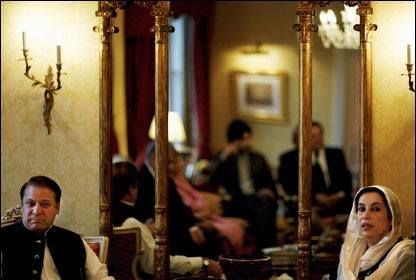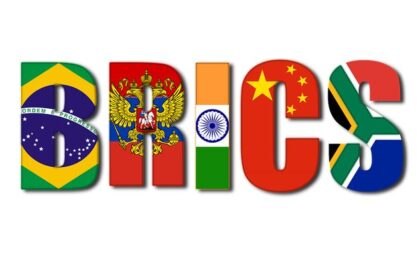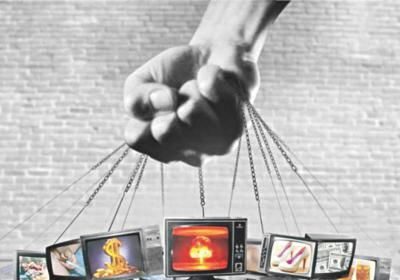A young man walked down the corridor of the Prime Minister’s House in December 1974, carrying the secrets of one of the world’s most notorious and controversial inventions—one that even its original inventor came to regret. Abdul Qadeer Khan, often hailed as the face of Pakistan’s nuclear programme, is not the simple national hero he is often portrayed to be. His story, like many glorified national narratives, is more myth than fact.
In the 1970s, following India’s first nuclear test, Pakistan teetered on the edge of national crisis. The threat of a nuclear-armed neighbour—born of Partition and steeped in animosity towards Pakistan—intensified fears. Amid the lingering trauma of defeat on the eastern front and the secession of East Pakistan (now Bangladesh), calls to “eat grass but build the bomb” echoed passionately through the republic. Pakistan’s establishment desperately sought a miracle—something to restore strategic parity.
It was during this time that Abdul Qadeer Khan, a Bhopal-born metallurgist working at URENCO in the Netherlands, emerged. Motivated by anger over the country’s recent partition and prejudiced against the Bengali independence movement, Khan found himself with access to sensitive information. While working as a translator of technical documents due to his senior position and his Dutch wife’s assistance with the language, he became familiar with the intricacies of uranium enrichment technology—critical knowledge for nuclear weapons development.
Though the exact details remain unclear, sources suggest that over several years, Khan either memorised or surreptitiously copied classified documents. Once he believed he had gathered sufficient material, he approached the Pakistani government. In his autobiography, Khan claims he landed in Islamabad, took a taxi to the Prime Minister House, and presented his proposal to Prime Minister Zulfikar Ali Bhutto and senior scientists. He explained that his gas centrifuge method for uranium enrichment was more cost-effective and efficient than the plutonium reprocessing technology then being pursued with French assistance.
With Bhutto’s approval, Khan returned to the Netherlands to collect blueprints, contacts, and technical data, despite the risk of exposure. In 1976, he moved permanently to Pakistan and began working at the Kahuta Research Laboratories alongside state scientists such as Dr Samar Mubarakmand and Dr Munir Ahmad Khan. Khan oversaw the import of key components, and eventually, uranium enrichment was completed and handed over to the Pakistan Atomic Energy Commission (PAEC).
While Khan’s role was undeniably significant, it was not the whole story. His contribution—providing enriched uranium—was just one part of the nuclear weapons process. It is akin to crediting only the fuel in an F1 victory. The design and assembly of the actual warhead, including the weaponisation and missile integration, were undertaken by PAEC scientists, who are rarely acknowledged in the public narrative.
After Pakistan’s 1998 nuclear tests, Khan was elevated to the status of a national icon, his image amplified by the state and military. But with fame came power and impunity. Reports later emerged that Khan had established a black market, selling nuclear technology and designs to countries such as Libya, Iran, and North Korea, earning millions in the process.
In 2003, the interception of a ship carrying nuclear components bound for Libya triggered a global scandal. Investigations traced the material back to Khan. As former President Pervez Musharraf later admitted, this was an internationally humiliating moment. The so-called father of Pakistan’s bomb was revealed to be the operator of a global proliferation network. Khan was forced to confess on national television, although he was shielded from international prosecution—especially by the United States, which feared broader revelations about Pakistan’s military and intelligence services.
Khan spent years under house arrest, albeit under heavy state protection rather than true confinement. Despite his later complaints about harsh conditions, any rational observer would question how he could live freely after such actions. In interviews and letters to figures such as physicist Pervez Hoodbhoy, Khan expressed regret and disillusionment, even criticising the nation that once lionised him. He died in 2021.
Given these facts—his limited technical role, the theft of sensitive material, and the global proliferation scandal—it is worth asking whether Abdul Qadeer Khan truly deserves the status of a national hero. His contributions, while real, have been exaggerated, and his actions brought Pakistan international condemnation. Allegations also emerged regarding corruption, including attempts to secure land grants for associates through his influence over academic institutions, as reported by Hoodbhoy.
This is not to undermine the strategic necessity of Pakistan’s nuclear capability. In light of regional tensions and events such as missile exchanges with India, nuclear deterrence has arguably shielded Pakistan from greater conflict. The global double standard, often evident in Western support for Israel while scrutinising Muslim countries like Pakistan, cannot be ignored. However, recognising the necessity of nuclear capability should not mean accepting state propaganda uncritically. We must uphold the truth—even when it challenges national myths.

















Excellent article. Rome wasn’t built in a day and our nuclear weapons weren’t built by a singular figure. The frankly undue glorification of AQ Khan takes deserved spotlight away from the many hardworking men who made Pakistan’s nukes and that is a tragedy.